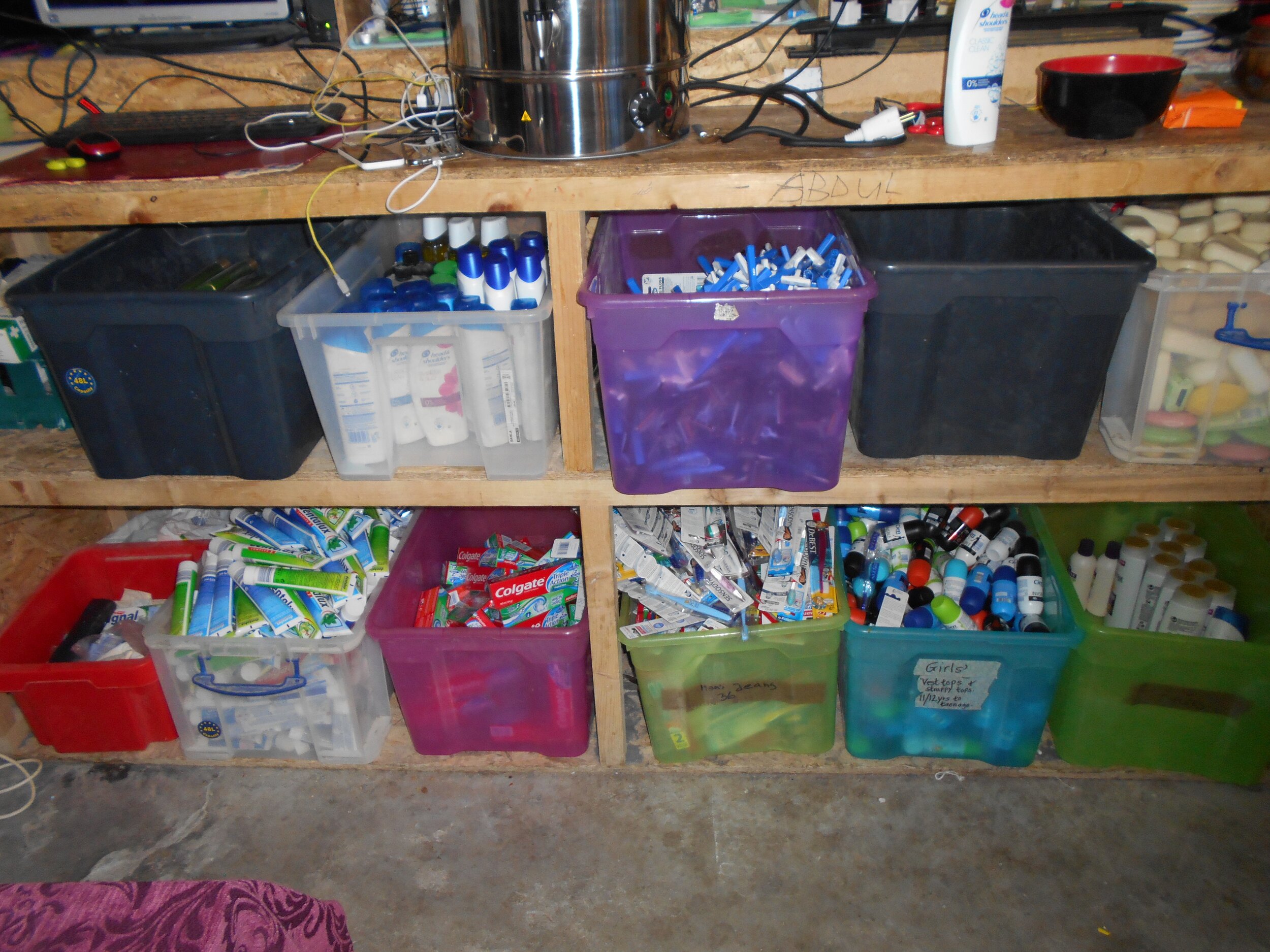I Visited A Refugee Camp
It is October 2019. I am walking through the sprawling Moria refugee camp on the Greek island of Lesvos. My guides are two women from a charity called The Hope Project and before I know it, I’ve been directed to a shipping container that’s about to be unpacked and I become part of a human chain passing boxes of donated items to a storehouse.
I am between two guys in their 20s, one from Ethiopia and one from Afghanistan; I feel useful as I can read the labels on the boxes! It takes us only an hour and 20 minutes to empty the container, mostly clothes and shoes for women and children. There’s hardly anything for men and teenage boys, items which are really needed. At least five teenage boys arrive looking for tents and shoes; their shoes are completely worn out. They all seem to be in shock.
How did my life get me here? Long story.
Starting in 2015, Europe experienced a flood of refugees fleeing conflict in Syria, Afghanistan and Turkey. Many boarded boats and headed to the Greek islands. Lesvos, less than 800 kilometres from Turkey, became a frontline for refugees arriving by sea. Even now, Lesvos receives 40 per cent of all the arrivals by sea to Greece. In September 2019 alone, 12,500 people arrived in Greece, mostly from Afghanistan and Syria. The Greek government was overwhelmed by the scale of aid needed and so various non-government agencies support refugees on Lesvos.
For years, I have been seeking donations of goods from residents and businesses on Antiparos, the Greek island where I live, which I send to charities working with the refugees.
I was curious about what happens to the items I send to Lesvos and so, using some money left to me by my godmother, decided to visit the island for three days and see firsthand the work being done.
Moria was set up to house 3000 people. Today more than 15,000 refugees live there and in the overflow camps nearby. Organisations such as Medecins Sans Frontieres, the Boat Refugee Foundation and UNHCR are active on the ground at Moria, but new arrivals keep coming, and the tensions that caused them to flee show no signs of resolution.
The Hope Project Greece, run by British expats Philippa and Eric Kempson, provides support and aid to families, dispensing donated goods from its warehouse. The container we unloaded was the 53rd that the Hope Project had received from Care UK. Inside were bicycles, strollers and wheelchairs; there were dozens of baby cots filled with beautiful handmade things for a new baby, one of which was given that afternoon to an Iraqi man, whose wife had just given birth. He was delighted.
Four tickets a day are issued – through Medecins Sans Frontieres –for needy families to visit The Hope Project and source goods. Otherwise it would be chaos!
My tour through the camp with Philippa and her co-worker Tracey includes a stop at the “beauty salon” run by Raha, whose wish list includes eyeliner and wax. The beauty salon is one of the only places Muslim women can remove their hijab as many live in shared tents in the camp. This is a place they can be pampered and feel free.
There is also a craft room, a safe space full of wool in which women congregate to crochet and knit, and a tailor’s room with three sewing machines, where the floor is littered with the ends of denim jeans. (A lot of the refugees are not so tall, and jeans have to be taken up to fit them.)
Next, I am put to work “doing hygiene”, which means opening boxes and sorting toothpaste, toothbrushes and razors with two women, one from Cameroon, the other from Iraq
I spend some time talking to Omit, a nine-year-old from Afghanistan, who says he is in Kara Tepe camp with his parents and really wants a bicycle but they have already been earmarked for others. I think he is hoping I’ll buy him one.
It is one of the volunteer’s last day and she wants to buy a painting from the art room before she leaves. Philippa, Tracey and I help her decide. As I look around, I fall in love with a picture by Alexander, who is from Afghanistan. It costs €60, €10 of which goes into the art materials budget. The rest goes to the artist.
On my second day, Philippa, Tracey and I walk up the road between the “official” camp (which is surrounded by a razor wire fence) and the overspill camp in the olive groves next door. I talk with a group of Afghanis: 37 young men living in a tent. I also talk with some Syrian guys who say Moria is better than Syria or Turkey.
Everywhere we go the kids smile and say hello, in English. Many of the camp’s refugees have better English than me. The whole time I keep thinking, “How can I help?”
Philippa and I go shopping to spend €480 in donations I had gathered over the summer from visitors to Antiparos. We buy toothbrushes, toothpaste, disposable razors; oil, tuna, tinned tomatoes and sugar for the kitchen; and nail varnish remover, hairspray and hair mousse for the beauty salon.
On my third day, I help Philippa and Tracey pack away summer clothes that were on the rails in the “shop” and track down boxes of trousers to be unpacked.
When I return to Antiparos, a local art gallery owner, Mary Chatzaki, has heard about my visit to Lesvos. She offers her gallery for a free exhibition of the refugees’ artworks so in early March I go back to Lesvos and select 30 works to display (above). Due to the COVID-19, we switch from an exhibition to an online auction and it does astonishingly well: we make €4000 for the artists and The Hope Project and more importantly show refugees as individuals with talent and dreams.
Visiting Philippa and meeting so many refugees at The Hope Project made me want to help more. I really want people to know that refugees are people like us with hopes for the future. Many of them are in early 20s, have mobile phones and care how about their appearance – just like anyone their age.
What I take away from my time on Moria is the knowledge that every little effort helps. So many people watch heartbreaking news reports and want to help but are not sure how to. Through falling into this (there was never a plan!), I try to help people, especially tourists that visit Antiparos, realise that by donating a few bras or leaving their beach towel with me at the end of their holiday, they too can help.
I love what I do – even if I seem to have become an accidental hero.
Postscript: I was devastated to hear that on September 9, fire tore through Moria sending the camp’s occupants fleeing with their meagre belongings. Even though home was just a flimsy tent, all these people are now homeless. My heart is broken. At the time of writing, roads are closed and the Kempsons can’t get to The Hope Project warehouse to remove supplies. No one can say what will happen to the refugees but we’ll keep supporting them however we can.
Learn more about The Hope Project; the artists; and how the pandemic has affected the refugees, particularly women and girls.
Words_ Verna McGeachin
Photos_ Supplied






